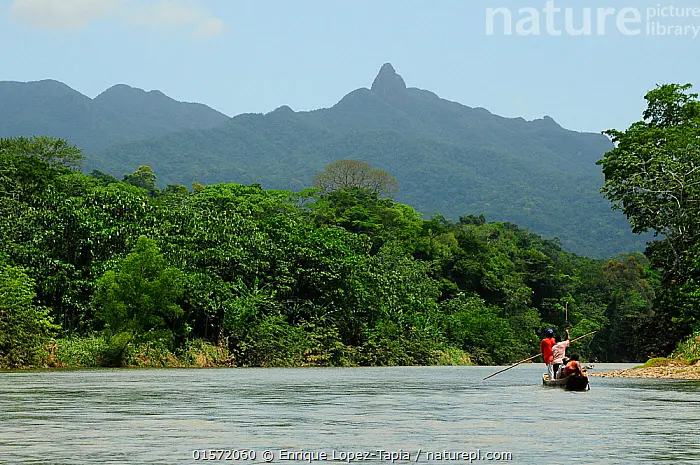Since launching in October, almost 10,000 contributions from more than 130 organisations have been added to Contributions for Nature, represented as an ever-growing number of bright blue patches on the platform’s map of the world. IUCN targets having at least 70% of its Members adding at least one input to the Contributions for Nature platform by October 2023, helping to create a powerful tool to quantify, understand and showcase the totality of conservation efforts being conducted by the Union’s Members.
The quantitative nature of the platform will complement IUCN’s Panorama platform, which documents success stories in conservation and Nature-based Solutions in a qualitative format. The next phase of its development will be to extend the Contributions for Nature platform’s focus to cover other programme areas, such as aquatic environments, in addition to the current ones of land and climate.
How it works
The Contributions for Nature portal has been developed to be as simple as possible to use, and requires only eight pieces of information from organisations, some of which are optional or can be added later. Users start by logging in and selecting the area in which they are working. Users can draw a shape directly onto the map, select existing protected areas or key biodiversity areas, upload geographic information files or select a single point with a km2 radius.
The platform automatically uses the STAR metric (Species Threat Abatement and Restoration, based on IUCN Red List information) to quantify the potential for species extinction risk reduction through threat mitigation and habitat restoration in the area selected. The metric also provides a breakdown of the relative risk of different threats, including deforestation, mining, habitat alteration or hunting.
Data from the Restoration Barometer (also known as the Bonn Challenge Barometer) gives a value for the potential for habitat restoration to mitigate against climate change in the area. This allows users to see how their work contributes to the total possible conservation or restoration of biodiversity in their area and to the nature-based mitigation of climate change.
The platform not only shows the potential contribution of individual conservation and restoration actions, but also the metrics for entire countries and regions. For example, the platform shows how one project in Honduras (see case studies) could potentially deliver 5% of the extinction risk reduction possible for the entire nation; that the nation in turn could deliver 2% of the total contribution from across the Americas; and, in turn, the Americas in total represents 44% of the world’s potential contribution towards safeguarding species.


